Types of Acne
Understanding your skin condition
In addition to counting the number of pimples on your skin and assigning a severity level, our AI-powered Acne Clinic automatically categorizes the types of acne, allowing you to better understand what's happening with your skin.
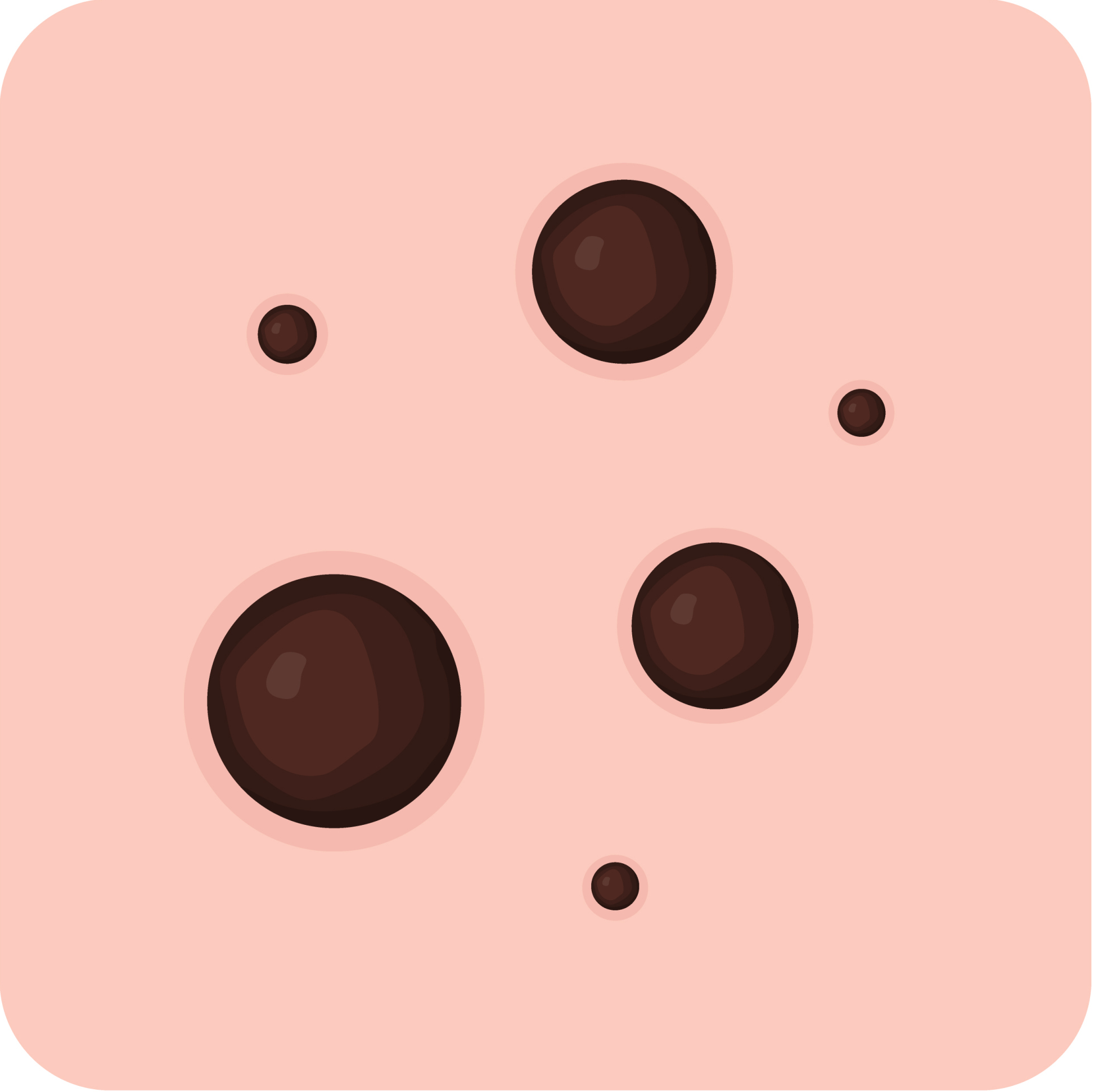
Comedones
Comedones are small bumps on the skin, giving it a rough texture. They are formed when hair follicles or pores become clogged with a mixture of dead skin cells, sebum, and sometimes bacteria. Found at the opening of pores, comedones are either open (blackheads) or closed (whiteheads).
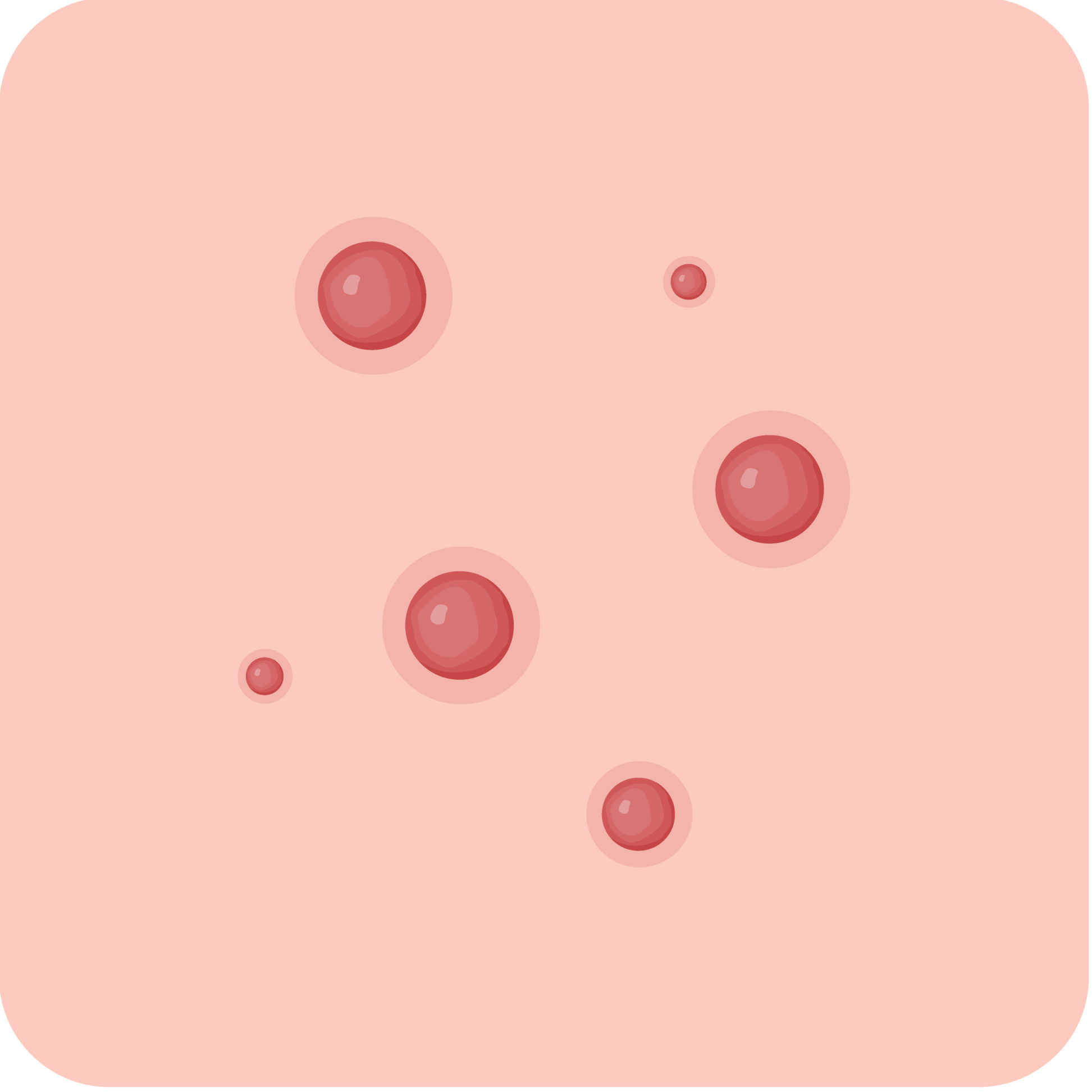
Papules
Papules are small, inflamed bumps that occur when the skin overproduces sebum (oil). Oil, dead skin cells, and bacteria collect inside pores, leading to dome-shaped bumps that can be the same color as your skin or appear brown, red, or purple. Papules are often painful or irritating.
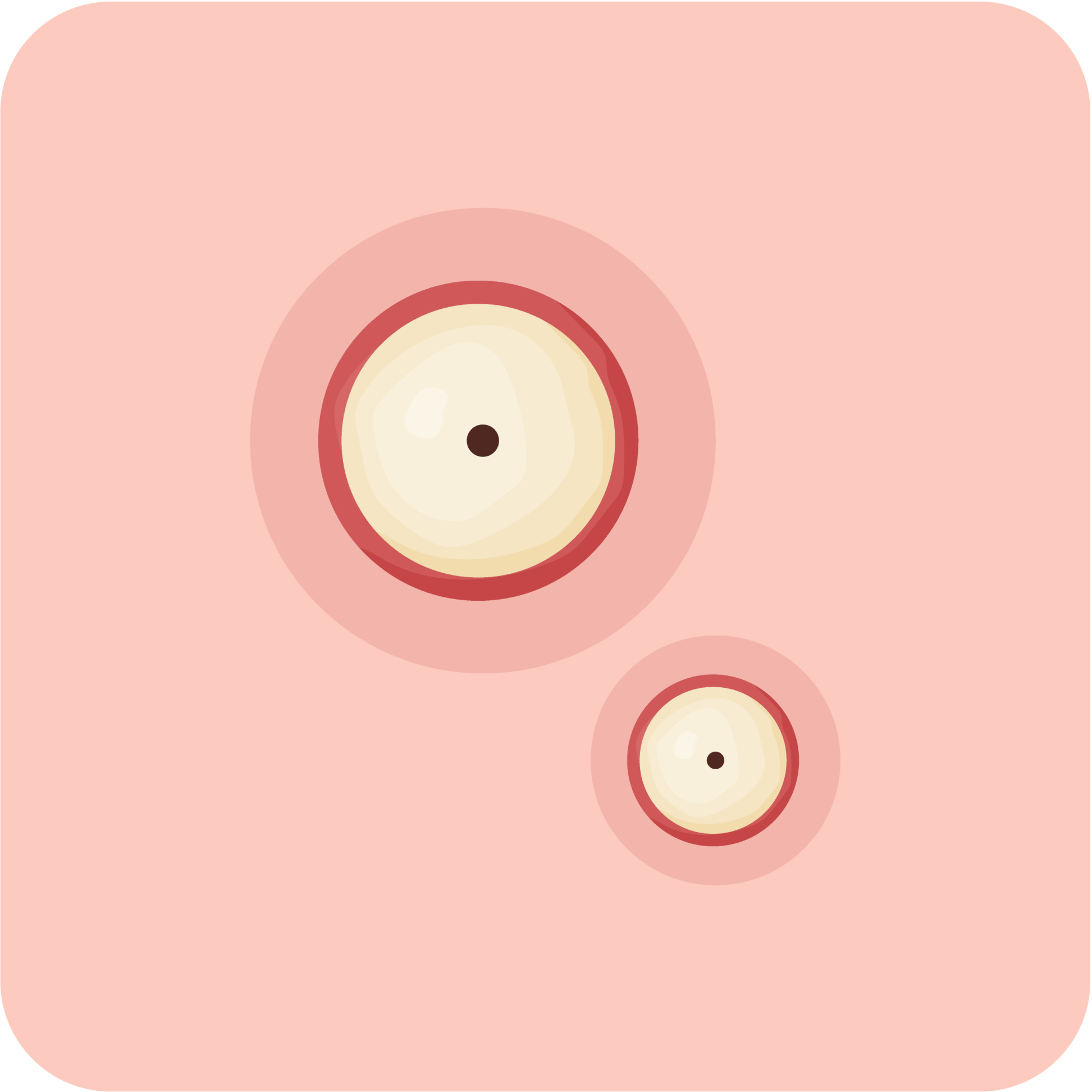
Pustules
Pustules are the classic pimple. They are small, fluid, or pus-containing bumps on the skin. They are often white or yellow, surrounded by inflamed skin. Like papules, pustules are caused by the accumulation of oil, dead skin cells, and bacteria within pores, leading to inflammation.
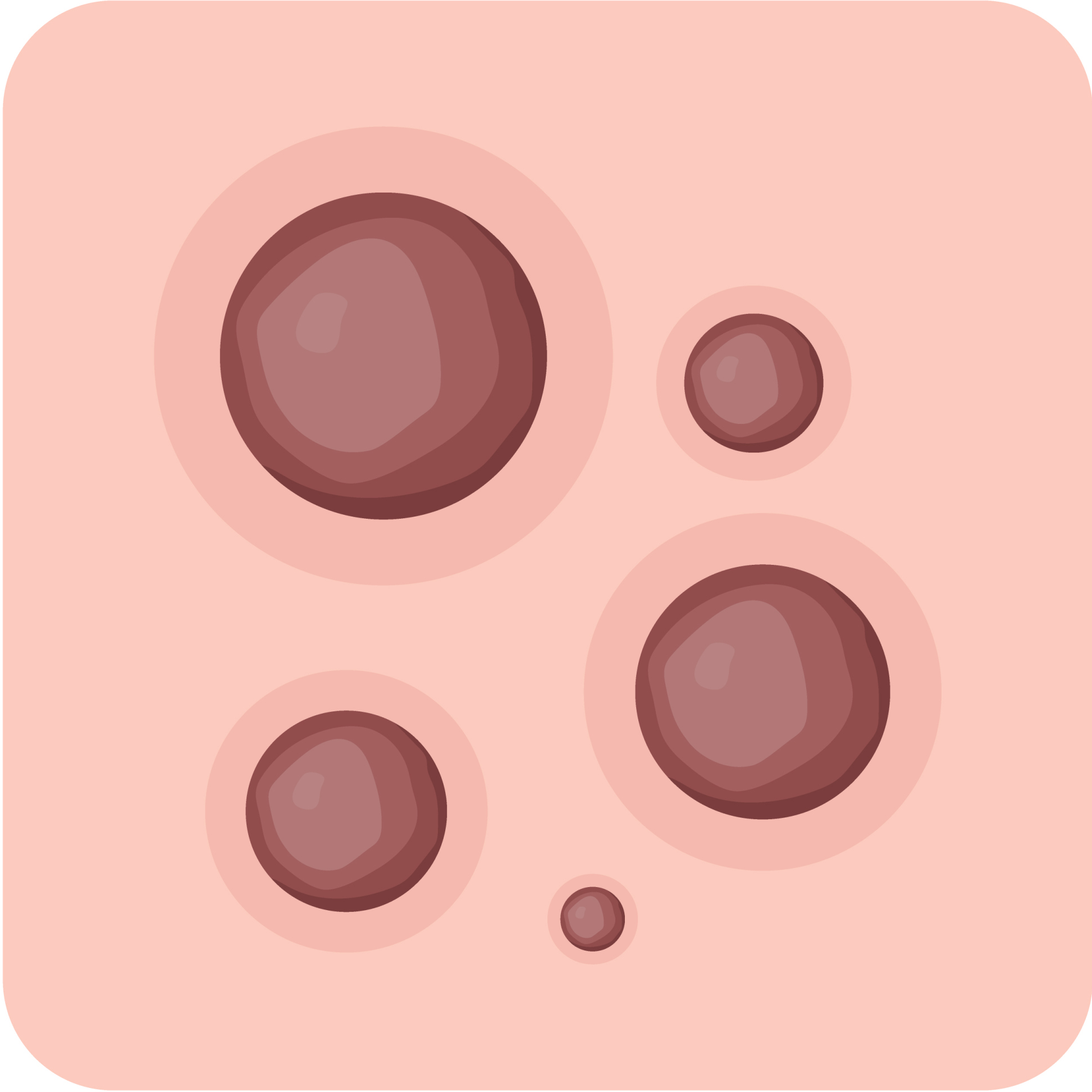
Nodules
Nodules are a type of severe, inflammatory acne. These painful lumps form underneath the skin's surface. Usually, they don't have a blackhead or whitehead at the center. Without medical treatment from a dermatologist, this type of acne can lead to permanent or severe scarring.
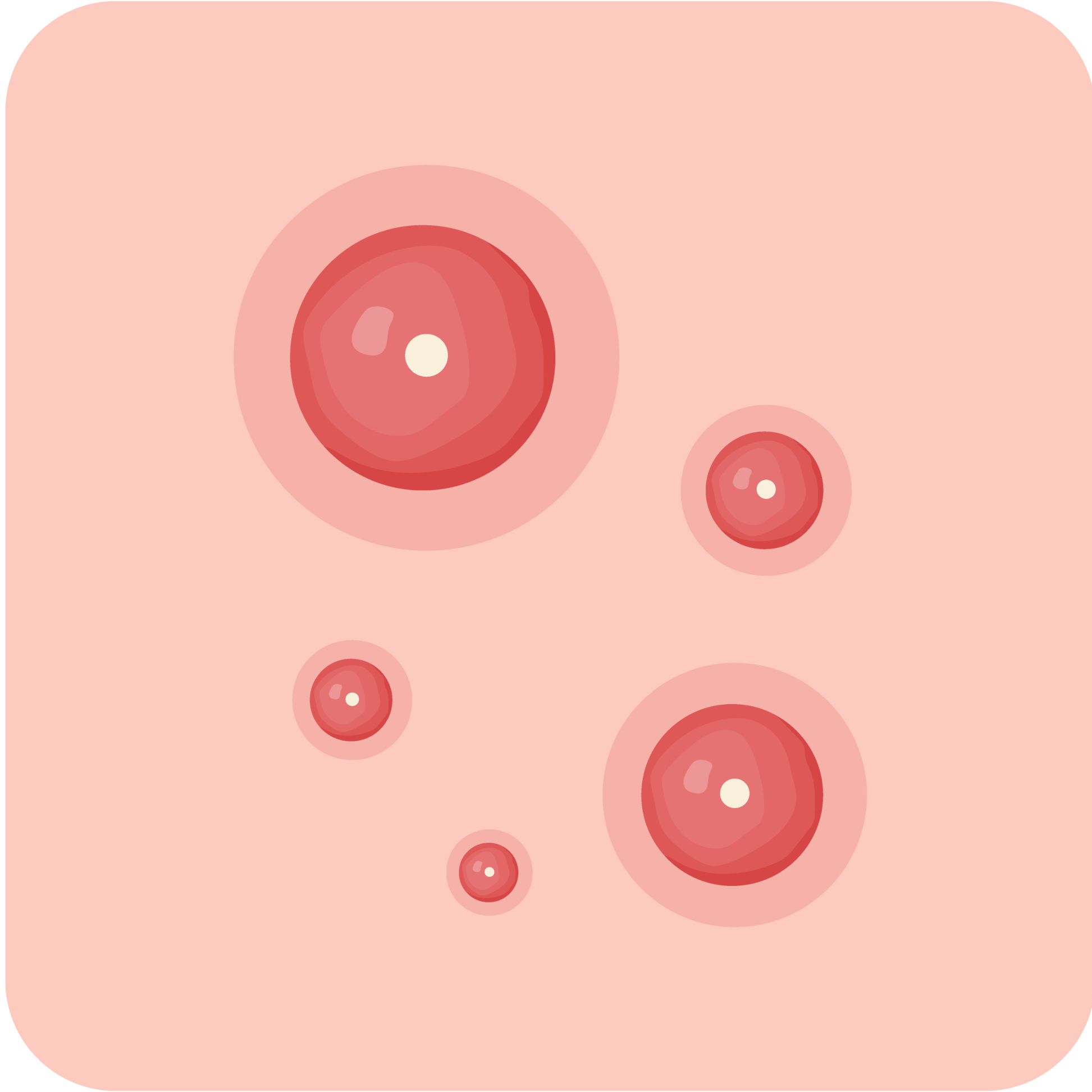
Cysts
Like nodules, cysts are another type of severe, inflammatory acne that forms deep under the skin. However, with cystic acne, the bacteria also infect the surrounding pores, causing additional swelling and inflammation. Cystic acne requires medical intervention. If left untreated, this type of acne will likely cause scarring.
